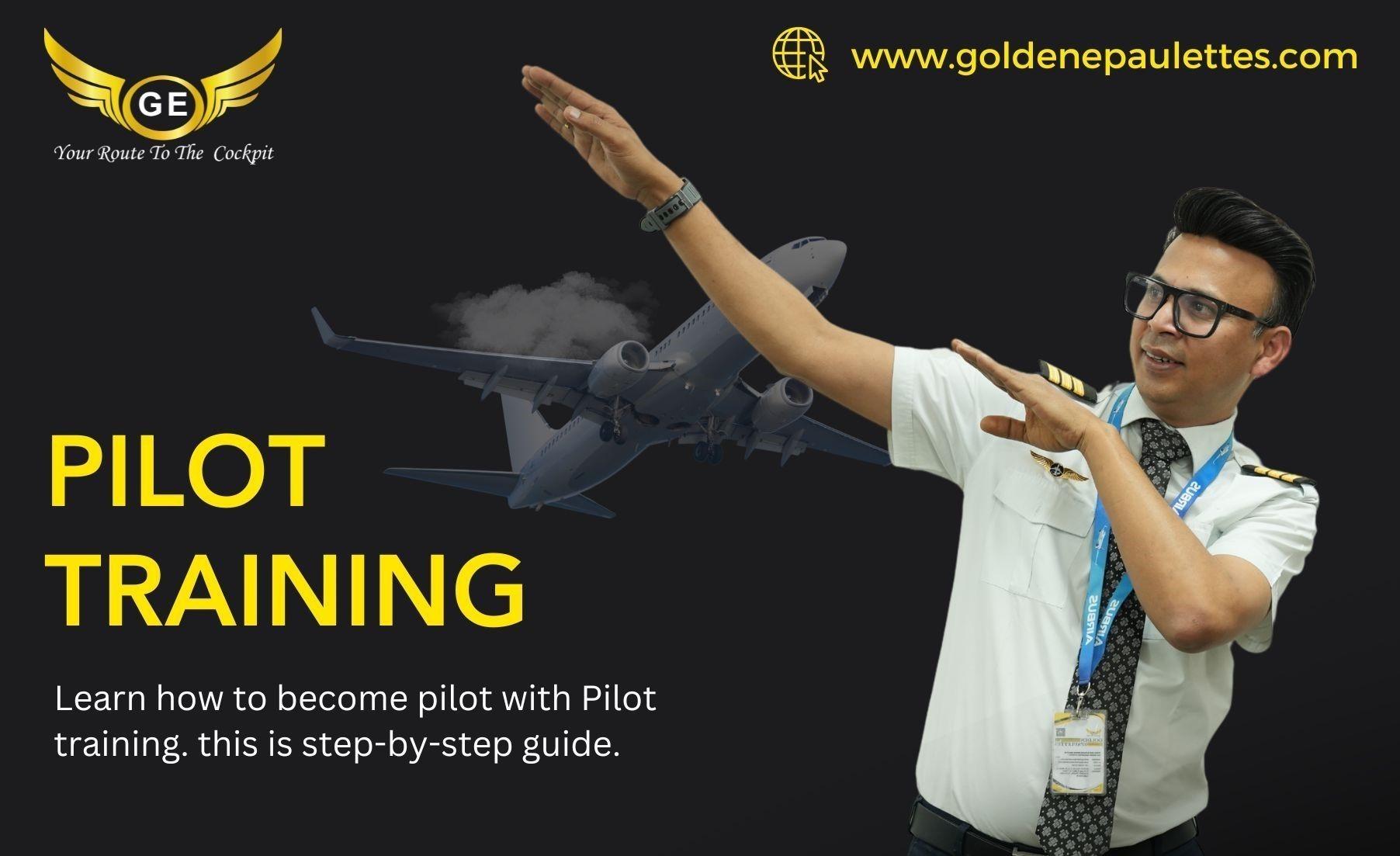How pilot training adapts to modern aviation technology

How pilot training adapts to modern aviation technology
Keeping up with the future of flight
The aviation industry is evolving rapidly with the introduction of modern aircraft, advanced navigation systems, and digital communication tools. To match this pace, pilot training programs are constantly updated with the latest technology and teaching methods.
Pilot training incorporates the newest tools in aviation
Pilot Training today includes hands-on experience with glass cockpits, digital flight instrumentation, and automated systems found in modern commercial aircraft. This ensures that students are not only learning to fly but also to manage the advanced systems that keep flights safe and efficient.
Simulators designed for real-world tech
High-tech flight simulators now mimic everything from touchscreen avionics to real-time weather updates, giving students a feel of what flying today’s aircraft truly involves. This allows cadets to gain confidence in both flying and managing complex systems.
Preparing pilots for a digital cockpit
With airline operations becoming more automated, pilots must become system managers as much as they are aviators. Modern training focuses on decision-making, monitoring automation, and understanding aircraft data—all critical for safety in the digital age.
Get future-ready with modern pilot training
If you want to thrive in the future of aviation, staying ahead with updated skills is key. Pilot Training equips you with the knowledge and tools needed to fly today’s technology-driven aircraft with confidence and precision.
- Art
- Causes
- Best Offers
- Crafts
- Dance
- Drinks
- Film
- Fitness
- Food
- Spiele
- Festival
- Gardening
- Health
- Startseite
- Literature
- Music
- Networking
- Andere
- Party
- Religion
- Shopping
- Sports
- Theater
- Wellness



